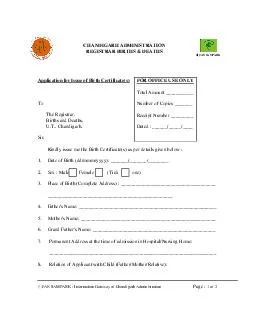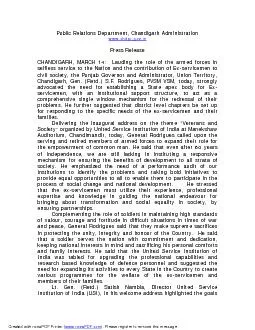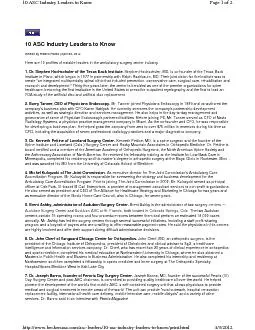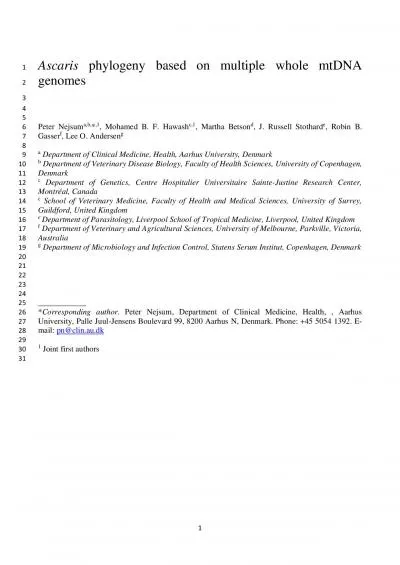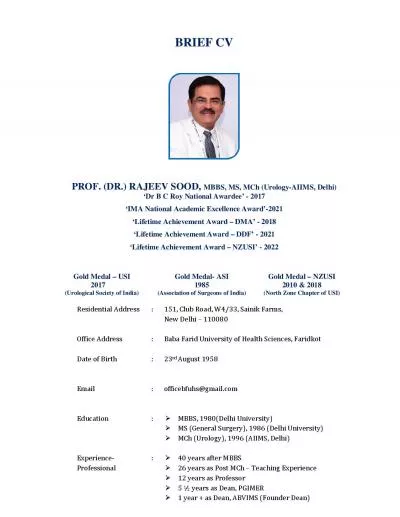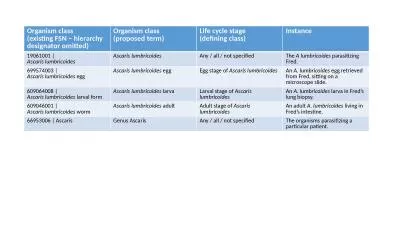PPT-Asc a ris DR. SHIVANI GUPTA, PGGCG-11, CHANDIGARH Ascaris
Author : mitsue-stanley | Published Date : 2019-11-03
Asc a ris DR SHIVANI GUPTA PGGCG11 CHANDIGARH Ascaris Lumbricoides Ascaris lumbricoides is the giant roundworm of humans belonging to the phylum Nematoda An ascarid
Presentation Embed Code
Download Presentation
Download Presentation The PPT/PDF document "Asc a ris DR. SHIVANI GUPTA, PGGCG-11..." is the property of its rightful owner. Permission is granted to download and print the materials on this website for personal, non-commercial use only, and to display it on your personal computer provided you do not modify the materials and that you retain all copyright notices contained in the materials. By downloading content from our website, you accept the terms of this agreement.
Asc a ris DR. SHIVANI GUPTA, PGGCG-11, CHANDIGARH Ascaris: Transcript
Download Rules Of Document
"Asc a ris DR. SHIVANI GUPTA, PGGCG-11, CHANDIGARH Ascaris"The content belongs to its owner. You may download and print it for personal use, without modification, and keep all copyright notices. By downloading, you agree to these terms.
Related Documents


